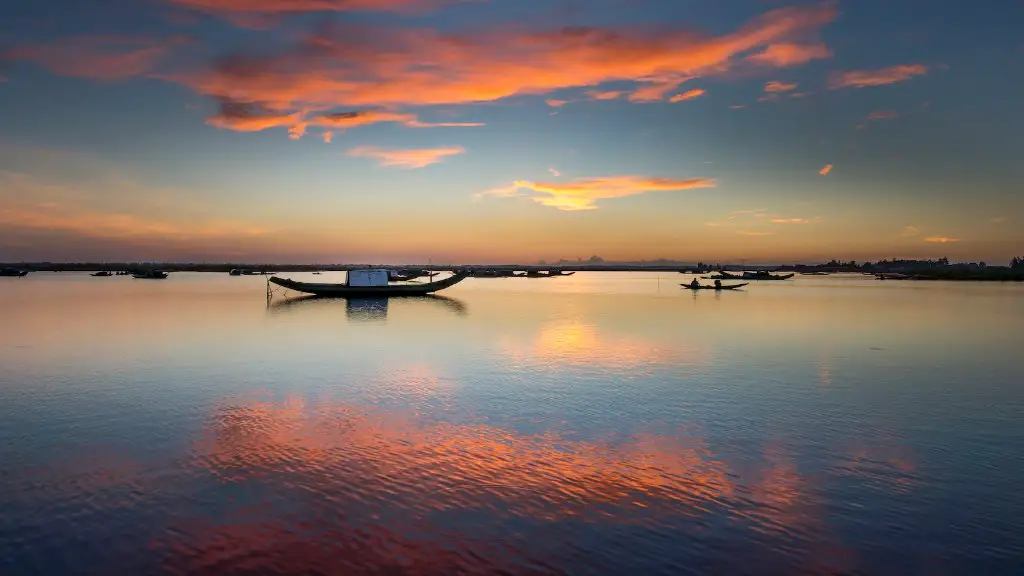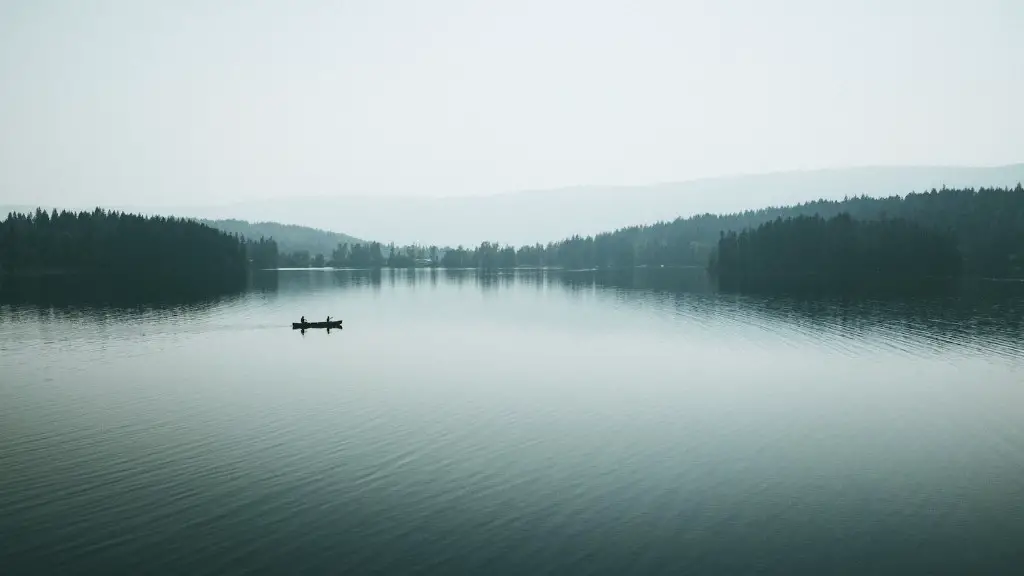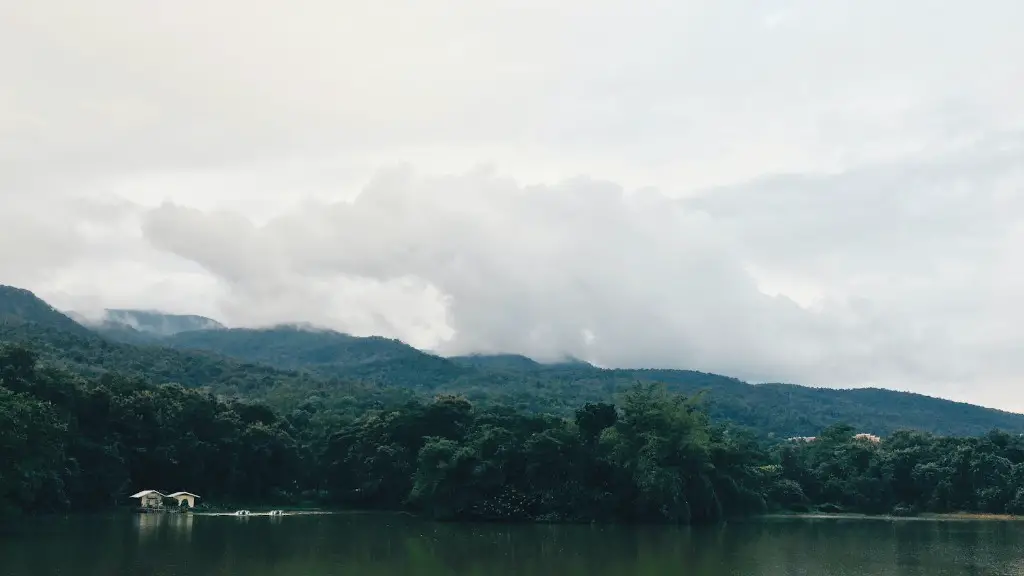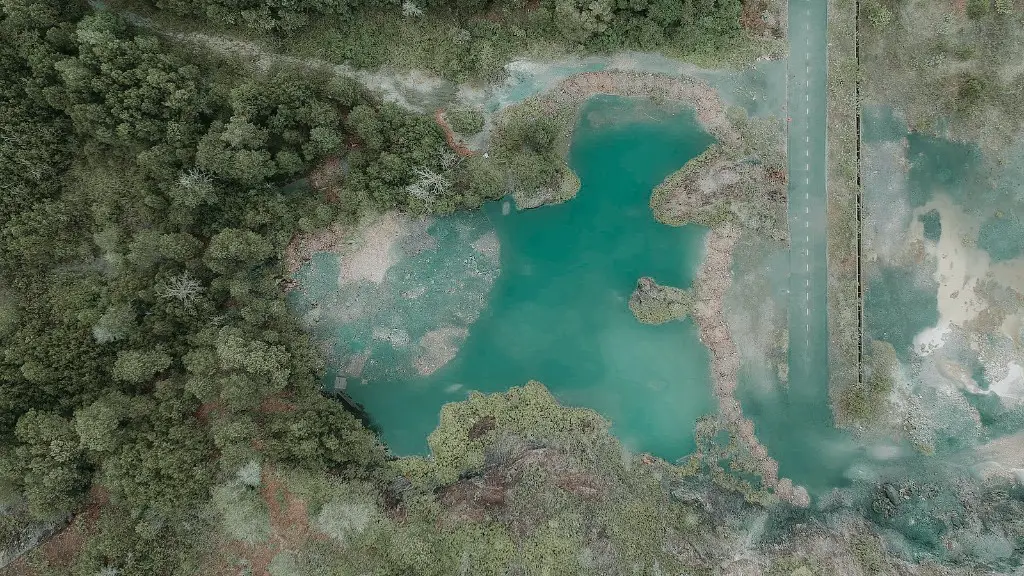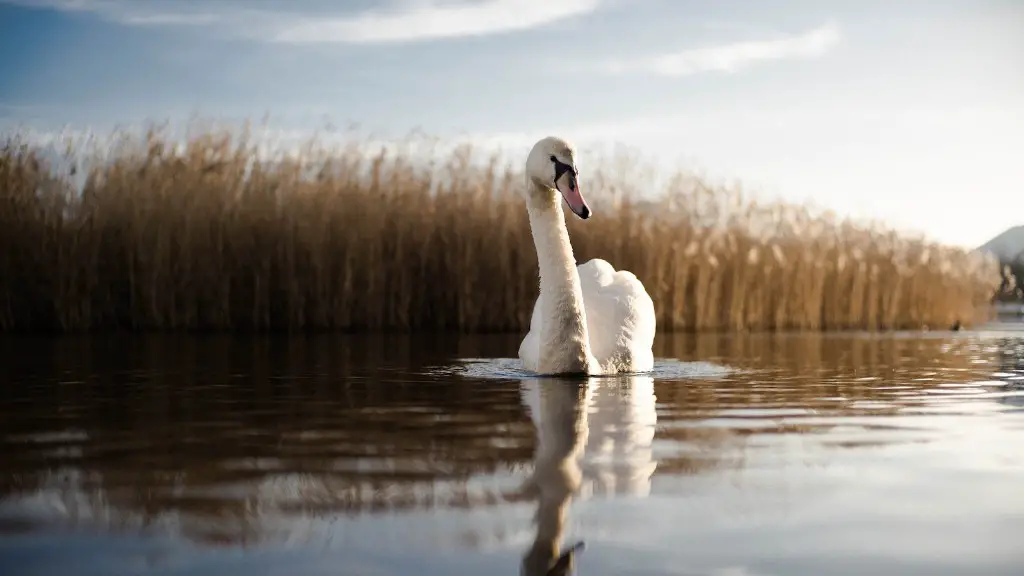State of the Ice Cover
According to The Great Lakes Environmental Research Laboratory, the ice coverage of Lake Superior is currently at 6.3%, a dramatic decrease from the historic average of 60.7%. The present levels of ice cover on Lake Superior have dwindled to among the lowest ever seen since the Cold War era. The monthly average for March 2020 was a meager 5.4%, and the peak ice coverage was 13.2% back in February. The current observations far surpass the previous record low of 8.6% in 2002.
The most reliable way of measuring the ice coverage on Lake Superior is by recording and comparing the total ice-covered area observed through various satellites. The monitoring of satellite imagery from 2002 over the years reveals trends in the ice coverage patterns, which are generally showing a significant decrease in the extent of Lake Superior’s ice cover.
Mild Winters
Climate change is believed to be contributing to the decrease in the lake’s ice cover. For the last several years, the winter season on Lake Superior has been incredibly mild with no significant snowfall. The mild winters combined with the high levels of solar intensity in the atmospheric atmosphere during the daytime have created conditions which are far less suitable for the formation and accumulation of ice. The fact that most of the precipitation in this part of the world occurs as liquid rain and not snow also plays a role in the lack of ice formation and accumulation on Lake Superior.
Furthermore, winds in the wintertime usually blow off the ice to the eastern and southern shores of the lake, proving to be another natural contributor to the lack of ice coverage. The increased evaporation of lake water in the winter also adds to the issue, causing the lake to be ice free in the middle and reduce the total amount of ice coverage.
Shrinking Ice Cover
The decrease in the ice cover across the Great Lakes is nothing new. Records over the last 150 years have revealed that the winter ice cover of Lake Superior has been steadily shrinking, with an estimate of about 18 percent decreasing since the late 1800s. Much of this is attributed to the increased frequency of mild winter days and the overall warming texture of Lake Superior in winter.
The decrease in the ice coverage of Lake Superior is impacting the local ecosystem as a whole. As the level of ice continues to drop, the temperature of the lake also rises. This has a direct effect on the fish population, especially in terms of the amount of suitable spawning and nesting grounds that are available. In addition, the lack of ice puts the region’s transportation and shipping industry at risk of disruption during the winter months.
Changes in the Ecosystem
The effects of climate change on the lake’s ecology are significant. The departure from the historical pattern of cold winter seasons has disrupted the lifecycles of many aquatic species, particularly in Lake Superior. Studies have revealed that the native fish population has been impacted by the diminished ice cover.
The lack of ice also forces air and water temperatures to rise, which can kill fish eggs and interrupt spawning cycles, potentially causing a decline in species populations. The shoreline has been destabilized as well, while the constantly increasing number of overwintering blooms at the surface of the lake leads to further habitat degradation.
Scientists’ Perspectives
Climate scientists and experts agree that the record-low ice coverage of Lake Superior is a result of global warming and climate change. The current weather conditions in the region are too warm for the formation and accumulation of ice on the lake, and this is likely to have long-term implications for the environment and the local ecosystem.
The warming trend is expected to cause more major changes in the environment, such as an increase in the water level of the lake, and it could also lead to the disappearance of some species of fish. Scientists warn that the damage to Lake Superior and the Great Lakes may become irreversible if the decline in the ice coverage is not addressed.
Effects On Human Activity
The dwindling levels of ice coverage can also wreak havoc on human activity around the lakeshore. Ice is an essential factor that provides stability and safety to marine operations such as shipping, ferry crossings, and recreation. Without it, the area becomes significantly more dangerous and vulnerable to accidents. The decline in ice has also greatly impacted the ice-fishing industry and potentially other winter activities, such as snowmobiling and ice skating.
The decrease in ice coverage is creating hazardous conditions and unpredictable situations for people visiting Lake Superior’s shores in winter. The Coast Guard has already issued an official warning to the public, urging people to avoid the open waters, that still persists despite the current ice coverage being near zero.
Climate Change Implications
The decline in ice cover on Lake Superior is a clear indication of the effects of climate change. Despite the efforts of some environmental organizations to mitigate global warming, the lake’s ice coverage has reached a record low and continues to worsen.
The continued warming of Lake Superior is likely to cause further damage to the environment and the local ecosystem, putting the lake’s delicate balance at risk of collapse. Therefore, the current trend of decreasing ice coverage and the overall deterioration of Lake Superior’s health should serve as a reminder of the importance of taking action against climate change.
Expected Future Trends
It is expected that the ice coverage on Lake Superior will continue to decrease in the future, as global warming trends and climate change persist. Though individual years may bring notable exceptions or end up being significantly colder than usual, the long-term trend is pointing towards decreased ice coverage.
There is a risk of further damage to the lake’s environment and further disruption to the region’s shipping industry. However, the value of the lake from a tourism and recreational standpoint is not expected to diminish, since people will be able to still enjoy activities like fishing, sailing, and kayaking all year round.
Effects On Biodiversity
The decrease in the ice coverage of Lake Superior is also significantly impacting the biodiversity in the area, since the different fish species depend on the presence of ice for successful spawning and nesting.
The loss of ice means that the fish population is increasingly exposed to predation, as well as thermal pollution. These two factors can quickly negatively affect the total population of fish in the lake, leading to a decrease in the abundance of certain species.
In addition, the warmer temperatures can slow down the rate of development and growth of various fish species, meaning they take longer to reach maturity and reproduce. This could further increase the risk of certain species becoming extinct or locally extinct.
Local Adaptation Strategies
The decrease in the ice coverage of Lake Superior has forced local communities to come together to create adaptation strategies. To mitigate the effects of the lack of ice cover, the local authorities have implemented strategies that aim at preserving the lake’s ecosystem and protecting its inhabitants.
These strategies include the construction of ice shelters that provide habitats for fish during the warmer months of the year, as well as the monitoring of water temperature to make sure that it stays at suitable levels. The implementation of these strategies has enabled the regional fishery to survive.
Research And Development
There has also been a significant increase in research and development efforts to develop new technologies that can help restore the ice cover on Lake Superior. For example, researchers have developed innovative methods for the chemical insertion of snow into the lake in order to encourage the accumulation of ice. Other techniques involve the addition of specially-formulated chemical compounds to the lake that can help to preserve the existing ice.
Additionally, several organizations have proposed the development of artificial ice machines that could reintroduce frozen water to the lake during the winter. These machines are still in their early stages of development, but researchers are optimistic about their potential for helping to restore the lake’s ice cover.
Public Awareness
Finally, climate change is often seen as an issue that lies beyond the realm of the public’s experience. Nonetheless, there is a need to raise public awareness and promote preventive action to address the current situation. Cultivating a culture of sustainable development and public understanding of climate change is necessary if Lake Superior is to combat the loss of its ice cover, and ultimately, its ongoing health.
The decrease in the lake’s ice coverage poses a threat to both its environment and its ecosystem, but also to transportation, recreation, and other human activities. To prevent further damage, public awareness, innovative strategies, and collaborative action are needed to thoroughly address this global challenge.
